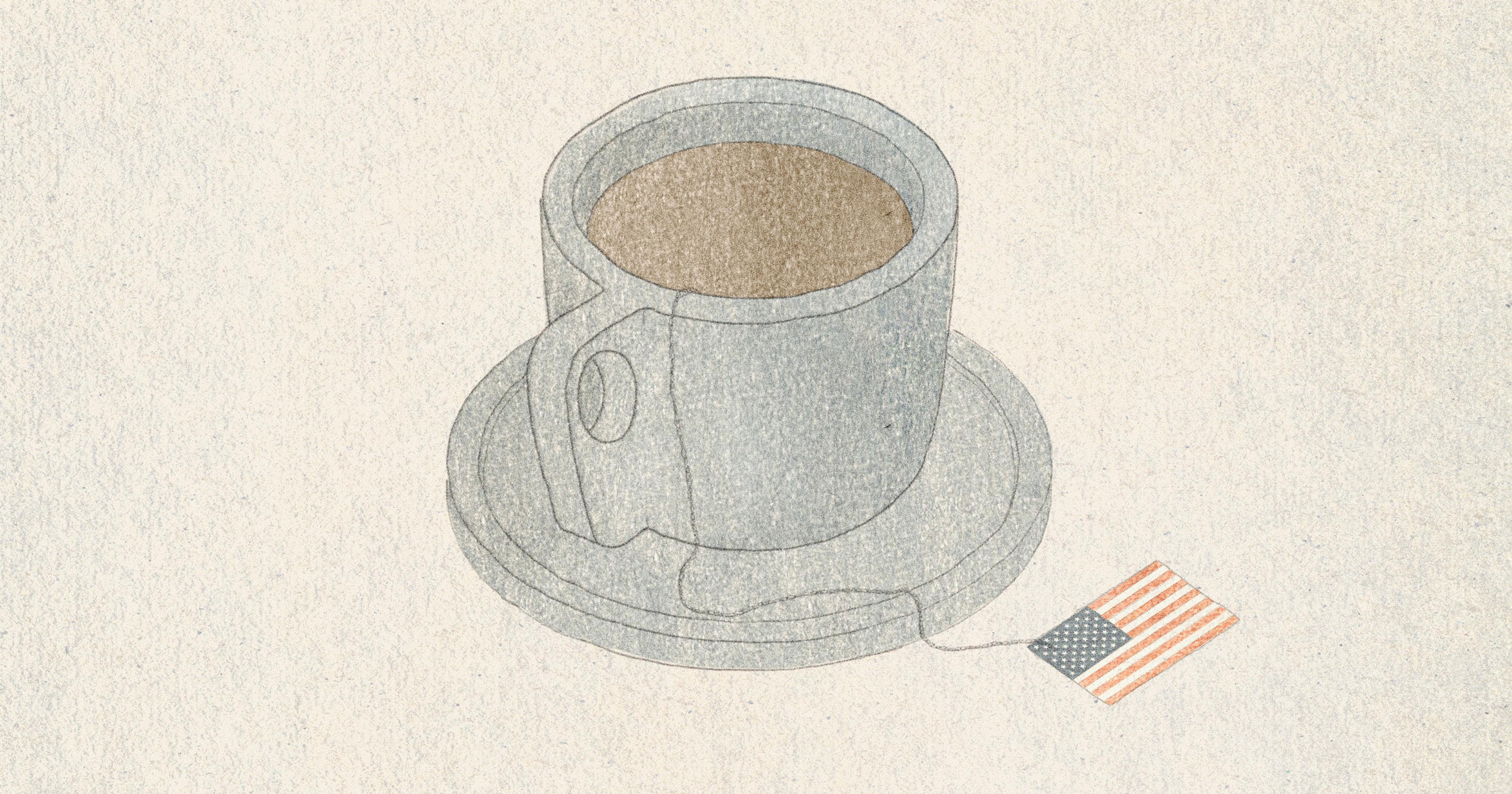Some businesses are betting that bringing back sails could lower the carbon footprint of shipping food around the world.

David Hurn
Though international shipping has made it possible to eat Sardinian figs in New York and Vietnamese cashews in California, it’s come at a cost: Much of the food in our fridges or lining our grocery store shelves got to us via ships that burn fossil fuels, which are contributing to the current “boiling” of the planet.
Transportation is responsible for nearly one-fifth of all the carbon emissions in the food system, and between 75% and 80% of all goods are transported via sea freight, which typically relies on container ships powered by dirty bunker fuel. Despite international agreements forged this summer to slash global shipping emissions by at least 20% by 2030, the past 10 years have shown “no progress in terms of actual emission reductions” from the industry.
What’s the solution? According to brothers Olivier and Jacques Barreau, the answer is simple: Bring back sailboats.
The twin brothers’ business Grain de Sail transports chocolate, coffee, and wine between Europe, North America, and Central America via sailing cargo ship. But it started very simply as “a way to reduce the carbon footprint of maritime transportation,” said Stefan Gallard, the company’s marketing director. “Our vision for the industry is that wind propulsion … becomes a truly viable and deployed solution,” said Gallard.
Grain de Sail isn’t alone in looking back at the history of marine transit for inspiration on how to build a lower-carbon future. Fairtransport, a Dutch company founded in 2007, has built a niche business ferrying organic goods like olive oil and tuna back and forth across the Atlantic via sailboat, starting with a World War II boat refurbished with sails. There are also a host of companies trying to use wind power not to totally supplant engines and fuel, but to supplement them and reduce overall emissions — take Ayro, a French startup founded in 2018, which raised 19 million euros in September to fund OceanWings, a kind of sail that can be added to fuel-powered cargo ships and yachts.
Agricultural giant Cargill also announced a collaboration this August with BAR Technologies, Mitsubishi Corporation, and Yara Marine Technologies to pilot WindWings, another form of “wing” sails that can be added to existing fuel-based cargo ships, on the ship Pyxis Ocean.
“We estimate that the sails could help cargo ships cut energy use and carbon emissions by 30% or more while saving a commensurate amount on their fuel costs,” said president of Cargill ocean transport Jan Dieleman. “We don’t need to wait for futuristic technologies ... We can go a long way towards our goal using only technologies that are available today.”
The Economics of Sailing
Wind-based cargo is more expensive than fuel-based cargo. Rather than risk building a boat and having nothing to fill it with, the Barreau brothers decided to become their own first shipping client. They set up a brand focused on coffee, wine and chocolate (the latter of which now accounts for 90% of their business), and sold products shipped the conventional way in French grocery stores for six years before finally signing a contract with a shipyard in 2018. In 2020, the newly completed ship took its maiden voyage from France to New York. The ship now makes two trips a year, bringing chocolate and coffee beans from Central America to Europe, and wines from Europe to North America on the return trip.
As of now, wine is the only product Grain de Sail is transporting for other companies, but the founders plan to expand that part of the business with the buildout of their second boat, which has roughly 10 times the capacity of the first and which will be operational in 2024. With the new boat, the company hopes to begin managing more freight for external clients.
According to Gallard, the company’s cautious approach means that it was profitable from day one, which has been crucial to avoid the fate of other wind-powered shipping projects that have come and gone, like the Vermont Sail Freight Project, which fizzled after just a year of transporting agricultural goods up and down the Hudson River.
Even so, there are plenty of barriers to wider adoption.
The first is price: When using wind-based cargo ships, “your per-ton cost is much higher,” said Gallard. Grain de Sail’s business is built around the kinds of products that can absorb a larger transport cost, like high-end chocolate and coffee (potential future freight clients the company is in conversation with include luxury perfume and leather goods brands). But that means lower-margin food products aren’t likely candidates for wind-only shipping.
The other potential barrier is time. Sailing ships aren’t as fast as traditional cargo vessels, and according to Aparjit Pandey, shipping decarbonization lead at environmental non-profit RMI, “it’s going to be very, very difficult to go from the speed that we’re used to being having goods delivered to us to the speed with which goods would be delivered to us if we were using sails.”
But based on the way that cargo ships work right now, said Gallard, the time question is actually a bit of a red herring — though it technically takes longer for a sailing ship to cover ocean distances, the time spent in the port is much shorter, because sailing ships are necessarily smaller and thus more efficient to load and unload. Plus, the rules of maritime law dictate that a sailing ship has right-of-way over a fuel-powered ship at the port, which means that sail cargo can bypass the port congestion that can keep cargo ships sitting for days or even weeks before they are unloaded.
“When we explain all that to people who are in the logistics business, they say ‘Oh, actually you’re faster.’ We’re probably 10 days faster [than traditional cargo ships], even though we’re slower on the navigation side,” Gallard added.
The Future of Sailing Cargo
With Grain de Sail’s expansion to manage freight for other clients, there could soon be a wider range of high-end products on the market that can honestly claim to have been transported with almost zero emissions.
But for commodities and other lower-margin goods, wind-assisted propulsion that adds sails to fuel-powered ships, like the kind that Cargill and Ayro are investing in, is a more likely bet. Where a ship like Grain de Sail’s is more than 90% wind-powered, Cargill and Ayro’s are closer to 30% — but that’s still a worthwhile emissions cut to make, according to Cargill’s Dielemen.
“A retrofit solution that is capable of decarbonizing existing vessels through wind technology is a great place to start, given that 55% of the world’s bulker fleet are up to nine years in age and most remain in service for decades,” he said. That’s not just good for the planet — it’s also good for the bottom line. “This can translate into vessel owners saving heavy fuel oil at $800 per tonne, which will become even more important when saving against future fuels which will undoubtedly cost a lot more.”
Ultimately, thoroughly decarbonizing shipping is a goal that will take more than one strategy to achieve, from greening fuels to overhauling port infrastructure to optimizing shipping routes, said Pandey. Wind propulsion isn’t a silver bullet, but it could be one powerful tool in a suite of solutions.
“The time has come to move out of the research phase and into widespread adoption in the real world. The technology is ready, and the urgency is here,” Dielemen said. “Once it has been demonstrated successfully, we’re confident that other owners will get on board.”






